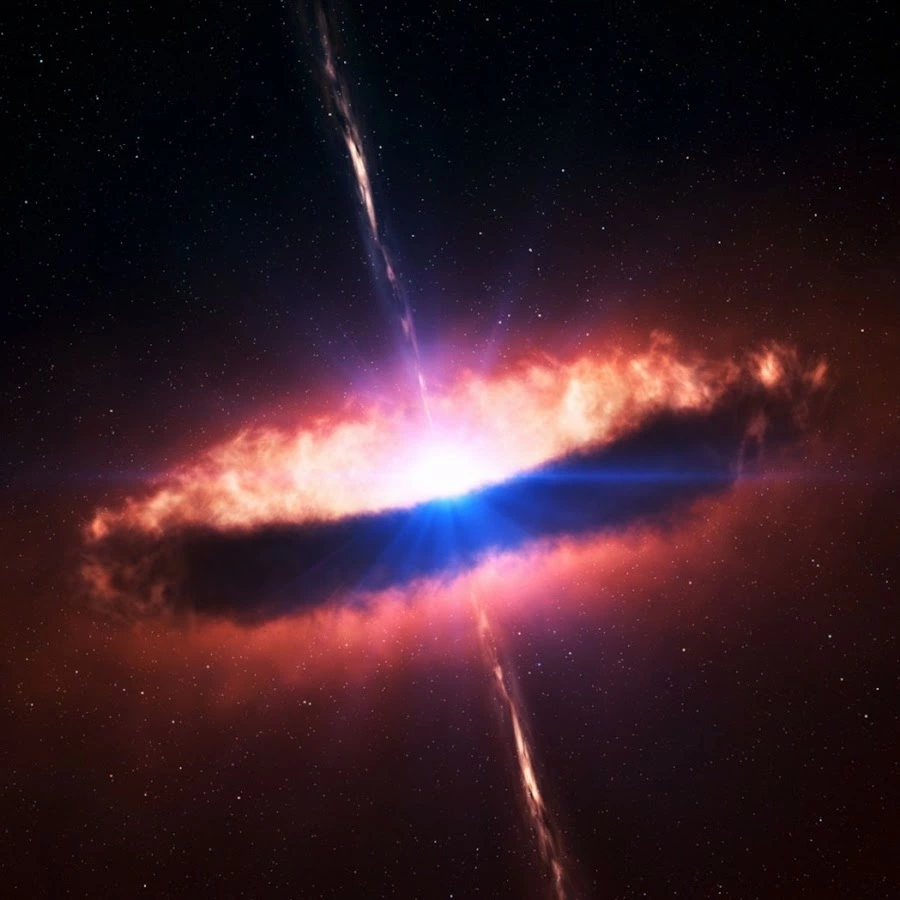Curious non-professional here.
Thought experiment that led me to the question: If we assume that at any given time there’s an extreme level of EM and gravitational waves propagating through some point within a cosmic void (a seemingly homogeneous “vacuum”): do the transient emissions form any kind of emergent field?
I understand the ever-present zero-point energy but that should be in absence of all else. I’m contemplating an emergent field formed by EM/gravitational traffic. Obviously this field is only as present or strong as the transient fields passing through this point under consideration.
Thank you.


“Solids are made of only three kinds of particles: electrons, protons, and neutrons. None of these are quasiparticles; instead a quasiparticle is an emergent phenomenon that occurs inside the solid. Therefore, while it is quite possible to have a single particle (electron, proton, or neutron) floating in space, a quasiparticle can only exist inside interacting many-particle systems such as solids.” Quasiparticle Wiki
I’ve also been studying Phonons on Wiki: " However, photons are fundamental particles that can be individually detected, whereas phonons, being quasiparticles, are an emergent phenomenon."
This is the micro/quantum phenomena I’m trying to further understand and was wondering if any quasi-fields/particles have been discovered or predicted in space - I couldn’t find any so far.
A quasiparticle is more of a useful concept for describing the behavior of systems than it is a distinct object. In the example you cite, phonons are a convenient way of describing how vibrations are transmitted in matter. The fact that phonons are “quantized” is more accurately just emergent behavior from the system of atoms or molecules, a consequence of the fact that the atoms have quantized vibrational states.
As an analogy, consider a ripple in a pond. The ripple appears to be a real, distinct thing. You can describe it with math (as a wave) and predict its behavior. But it cannot exist separately from the water in the pond. The ripple is an emergent phenomenon in water, a quasi-object. It only exists as a collective behavior of the water molecules.
By definition quasiparticles cannot exist in a vacuum.
Physics needs new ideas and enthusiasm at least to try and explain this Amaterasu particle.
Your ideas here are similar to my own : there is a (yet unknown) mechanism that is generating particles and it occurs in otherwise empty space.